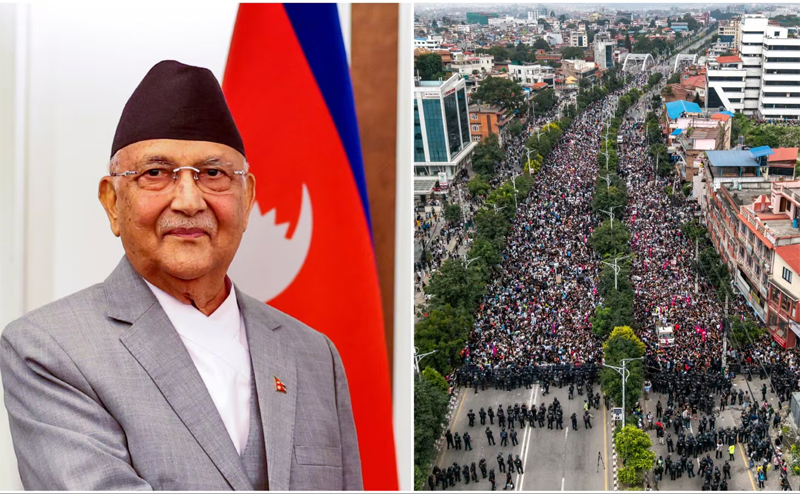Summary
KATHMANDU, Sep 9 : Nepal reeled under a serious political crisis on Tuesday as Prime Minister KP Sharma Oli resigned in the face of massive anti-government prot…
Source: dailyexcelsior.com

AI News Q&A (Free Content)
Q1: What led to the resignation of K P Sharma Oli as Prime Minister of Nepal?
A1: K P Sharma Oli resigned as Prime Minister of Nepal amid massive anti-government protests. His tenure had been marked by controversies including allegations of fostering cronyism and corruption, and his administration faced significant criticism leading to widespread protests that ultimately resulted in his resignation.
Q2: How has the political landscape in Nepal transformed since the end of the monarchy?
A2: Since the abolition of the monarchy in 2008, Nepal has transitioned to a federal republic with a multi-party system. The political scene is dominated by the Nepali Congress and the Communist Party of Nepal (UML), with various other parties also playing significant roles. The country has experienced democratic exercises with elections held regularly, although political stability remains a challenge.
Q3: What are the key features of Nepal's current political system?
A3: Nepal operates as a parliamentary republic with executive power exercised by the Prime Minister and the cabinet, while legislative authority rests with the Parliament. The political system is characterized by a multi-party framework with major parties like the Nepali Congress and Communist Party of Nepal (UML) leading the political discourse.
Q4: How did K P Sharma Oli's administration attempt to balance Nepal's foreign relations, particularly with India and China?
A4: During his tenure, K P Sharma Oli sought to strengthen Nepal's relationship with China as an alternative to the traditionally close trade ties with India. This move was particularly notable during the 2015 blockade by the Madhesis, as Oli pursued strategic partnerships with China to diversify Nepal's trade and economic engagements.
Q5: What role did K P Sharma Oli play in Nepal's political history prior to his recent resignation?
A5: K P Sharma Oli has been a significant figure in Nepalese politics, serving as the Prime Minister on multiple occasions. He was instrumental in opposing the 2015 blockade and played a key role in enhancing Nepal's ties with China. His leadership, however, was marred by criticism over governance issues and handling of internal dissent.
Q6: What were the main reasons for the anti-government protests in Nepal in 2023?
A6: The anti-government protests in 2023 were fueled by widespread dissatisfaction with the government's handling of various issues, including allegations of corruption and cronyism under K P Sharma Oli's administration. Economic challenges and demands for political accountability also contributed to the public unrest.
Q7: How have past political conflicts, such as the Nepalese Civil War, shaped the current governance structure in Nepal?
A7: The Nepalese Civil War, which ended in 2006, was pivotal in shaping the current governance structure. The conflict led to the abolition of the monarchy and the establishment of a federal republic. The war's legacy includes ongoing efforts to address war crimes and integrate former combatants into society, as well as the establishment of democratic institutions.
References:
- K. P. Sharma Oli - https://en.wikipedia.org/wiki/K._P._Sharma_Oli
- Politics of Nepal - https://en.wikipedia.org/wiki/Politics_of_Nepal
- Nepalese Civil War - https://en.wikipedia.org/wiki/Nepalese_Civil_War





